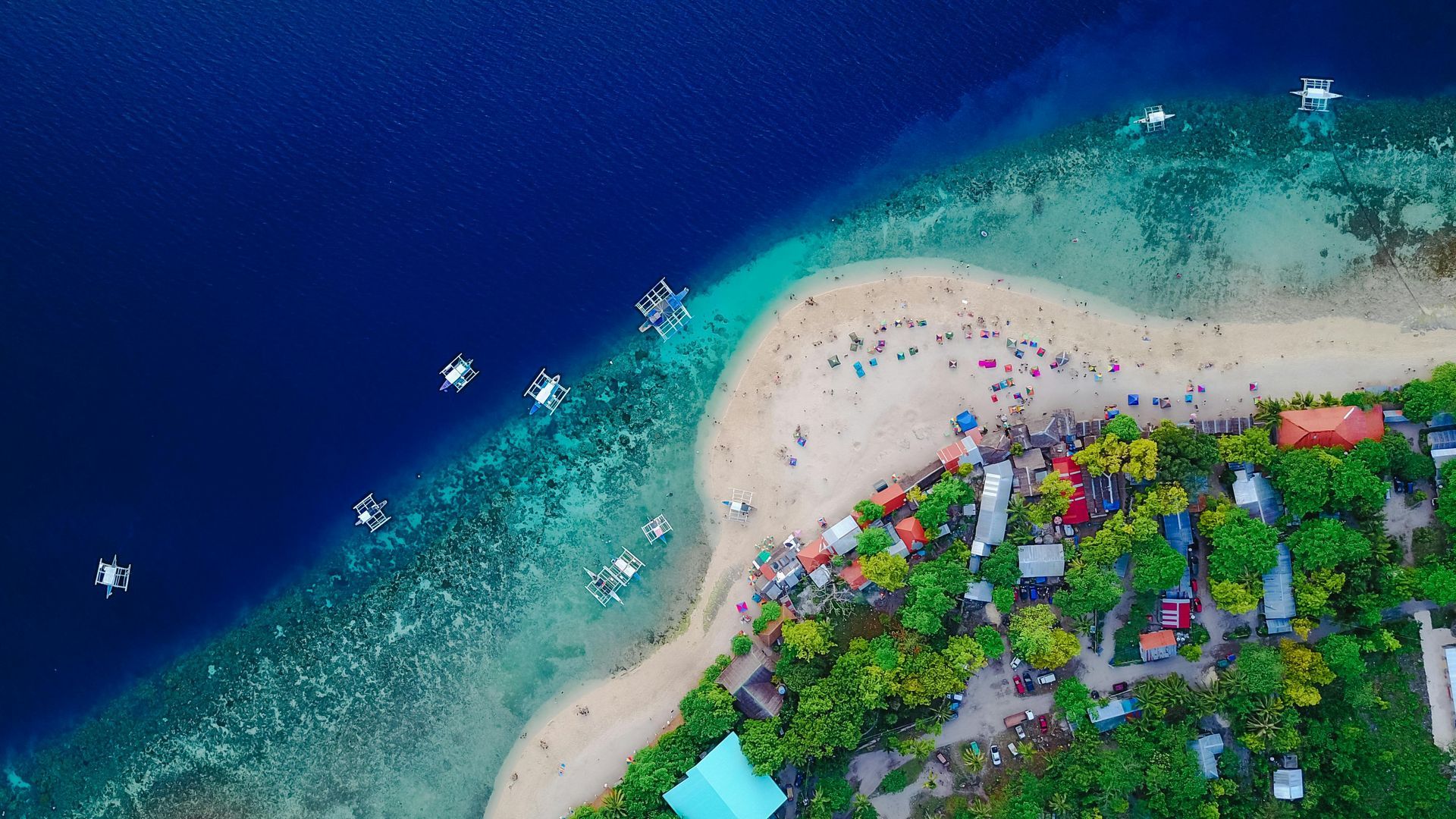Turtle Conservation in Port Barton: How to Ethically interact with Marine Life
🐢 A Guide to Responsible Encounters with Palawan's Ancient Mariners
Port Barton, a serene fishing village in Palawan, Philippines, is more than just a tropical paradise—it's a vital sanctuary for endangered sea turtles. While many visitors come hoping to swim alongside these majestic creatures, few understand the delicate balance between tourism and conservation. This comprehensive guide blends well-established practices with unique insights into Port Barton's specific conservation landscape, offering a fresh perspective on how to engage with marine life ethically and support the community working to protect it.
Why Port Barton's Turtles Matter
Port Barton's waters serve as critical feeding grounds for green turtles (Chelonia mydas) and hawksbill turtles (Eretmochelys imbricata), both classified as endangered by the IUCN. The area's seagrass beds and healthy coral reefs provide ideal habitats for juveniles and adults alike . Unlike highly commercialized sites, Port Barton's turtle encounters remain relatively low-impact, but rising visitor numbers threaten this balance. The community's commitment to conservation is evident in initiatives like the ₱50 environmental fee that funds sanctuary maintenance and monitoring efforts
The Ethics of Turtle Encounters: Beyond "Look, Don't Touch"
While most guides parrot the "don't touch" rule, few explain why or address more nuanced aspects of ethical interactions:
1. The Stress of Human Contact
Turtles are easily stressed by human presence. A 2018 study on spinner dolphins in Hawaii found that repeated exposure to swimmers disrupted resting patterns, affecting hunting and communication—and turtles are equally vulnerable . When touched, turtles may:
- Abandon feeding grounds
- Experience reduced reproductive success
- Become susceptible to disease due to weakened immune systems
2. The Instagram Effect
Social media has distorted wildlife interactions. Photos of people touching turtles or riding them (as Jacques Cousteau once did) still surface, creating demand for similar experiences . Tour Z actively discourages such behavior by educating guests before tours and promoting #PassiveObservation campaigns.
3. The Ripple Effect of Chasing
Chasing turtles to get a better photo or video forces them to expend energy needed for foraging and migration. Ethical guides like those from Tour Z train guests to:
- Stay 3–5 meters away
- Avoid circling or cornering
- Let turtles control the interaction
Port Barton's Conservation Initiatives: How Locals Lead the Way
What sets Port Barton apart is its community-driven approach:
1. The Turtle Sanctuary
This 28-hectare protected area, established 12 years ago, comprises two private coves that have received international accolades for conservation success. Efforts include:
- Beach Patrols: Locals guard nesting sites against poachers and predators
- Hatchery Programs: Relocating vulnerable nests to protected areas
- Reef Restoration: Installing coral nurseries to expand feeding grounds
2. The Bangkeros Cooperative
A collective of boat operators (including Tour Z) that enforces strict guidelines:
- No anchoring on reefs (mooring buoys are used)
- Limited daily visitors to key sites
- Mandatory briefings on turtle etiquette
3. Citizen Science Opportunities
Visitors can contribute to conservation through:
- Nest Monitoring: Reporting nesting activity to guides
- Photo-ID Programs: Capturing turtle shell patterns (unique as fingerprints) for population studies
- Beach Cleanups: Removing plastic that turtles mistake for food
Tour Z's Ethical Turtle Encounter Framework
Our reverse-route island-hopping tours are designed to minimize impact while maximizing meaningful encounters:
1. Timing is Everything
- Early Morning Visits: We arrive at turtle sites before 9 AM, avoiding peak stress periods when multiple boats are present.
- Seasonal Awareness: We adjust routes during nesting season (October–February) to avoid disturbing beaches.
2. Education-First Approach
- Pre-Tour Briefings: Guests learn turtle biology, threats, and how to identify stress behaviors.
- In-Water Guides: Our guides model passive observation techniques and intervene if guests behave inappropriately.
3. Conservation Funding
- 7% of profits support local schools, fostering environmental stewardship in the next generation.
- 3% of profits fund turtle satellite tagging and habitat restoration .
Practical Guidelines for Ethical Turtle Encounters
Do’s Don’ts
Maintain 3–5 meter distance Never touch or ride turtles
Move slowly and predictably Don’t feed or bait turtles
Wear reef-safe sunscreen Avoid flash photography
Keep fins parallel to avoid kicking coral Don’t surround or chase turtles
Observe nesting sites from 10+ meters Never disturb nests or eggs
Unique Insights: Beyond the Basics
1. The "Shell microbiome" Concern
Few consider that human touch can transfer pathogens to turtles' shells, disrupting the microbial balance that protects them from infection .
2. The Coral Connection
Turtles aren't the only ones affected—chasing them often leads to coral damage. A single fin kick can destroy decades of coral growth .
How to Choose an Ethical Tour Operator
Not all operators prioritize turtle welfare. Look for:
- Transparent Conservation Contributions: Ask how much profit supports local initiatives.
- Small Group Sizes: Tour Z limits groups to 18 people, while others pack 25+ per boat.
- Local Guides: Operators employing Palawan natives have deeper investment in conservation .
Red Flags:
- Promises "guaranteed turtle touching"
- Uses bait to attract turtles
- Lacks pre-tour education
The Future of Port Barton's Turtles
With a new airport opening in San Vicente, visitor numbers are expected to surge. Sustainable tourism models like Tour Z's are critical to preventing the fate of other Philippine destinations like Boracay, which was temporarily closed due to overtourism . Community-led initiatives—supported by conscious travelers—offer the best hope for balancing economic needs with conservation.
Your Visit Makes a Difference
Every choice matters:
- Book with Ethical Operators: Choose Tour Z for our proven commitment to turtle welfare.
- Advocate Respectfully: Gently correct others violating guidelines.
- Share Responsibly: Post photos with educational captions, not just selfies.
- Donate Directly: Support the Turtle Sanctuary via their local office, avoiding international intermediaries .
Conclusion: Becoming a Guardian, Not Just a Guest
Turtle conservation in Port Barton isn’t about avoiding interaction—it’s about transforming how we interact. By embracing passive observation, supporting community-led initiatives, and choosing operators like Tour Z that prioritize ecology over entertainment, you become part of a movement that protects these ancient mariners for generations to come. As a local fisherman turned conservationist remarked: "We don’t own the turtles—we borrow them from our grandchildren."










